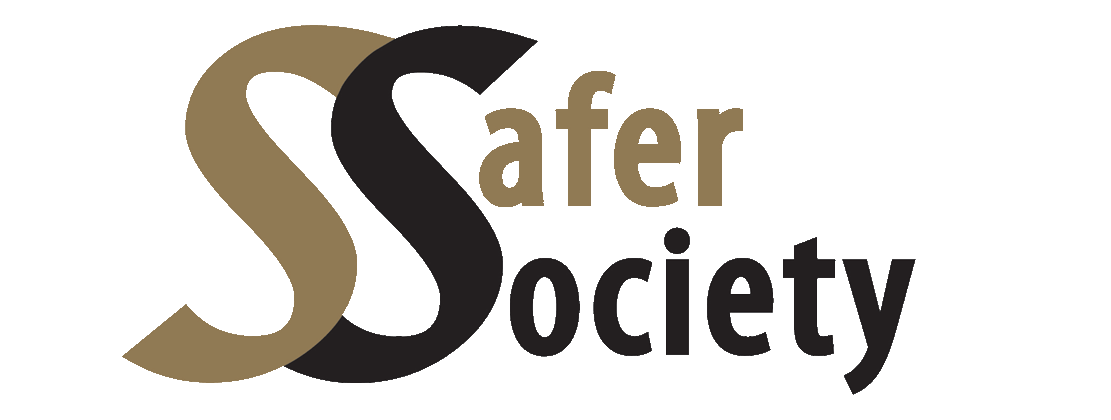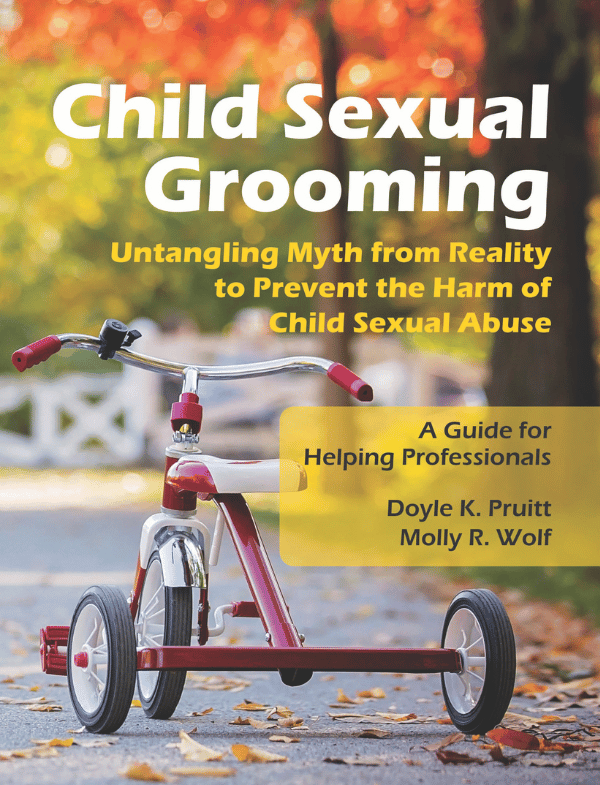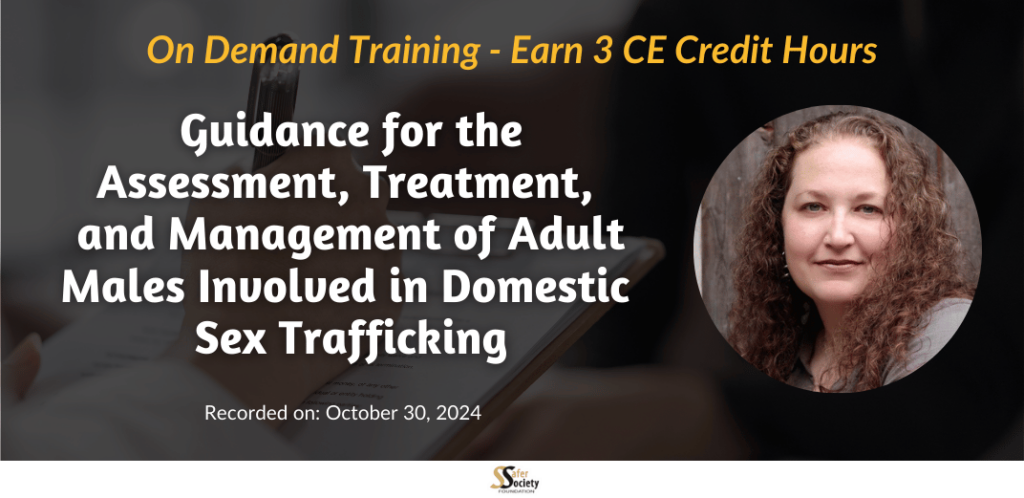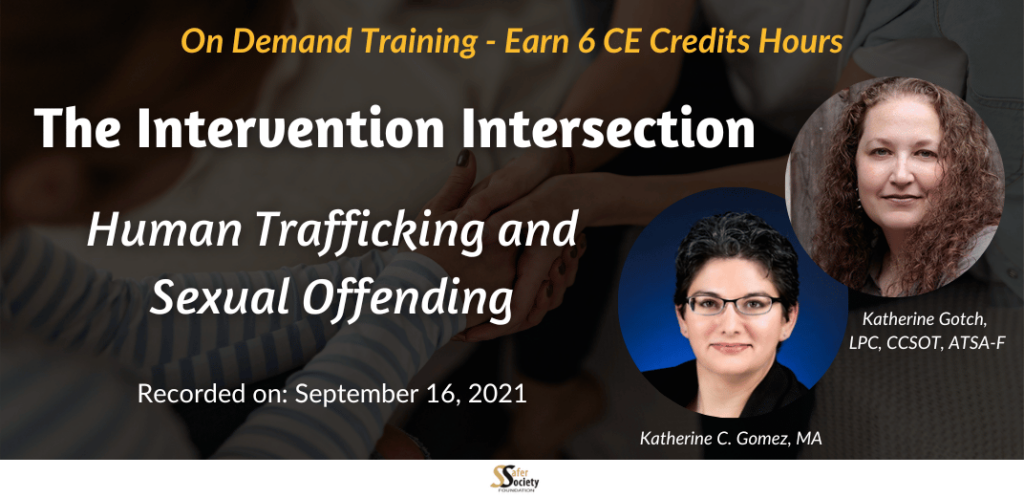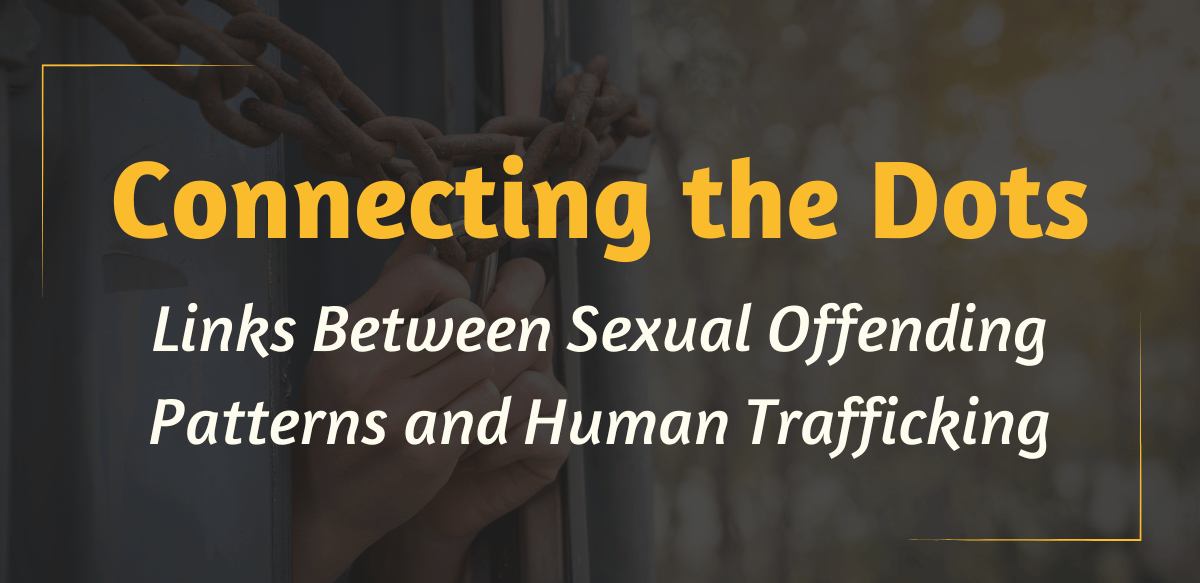
January is National Human Trafficking Prevention Month, and the observance highlights the critical need to address the complex problem of human trafficking. This year’s theme, “Connecting the Dots,” emphasizes the importance of taking a holistic approach to prevention, recognizing how trafficking intersects with other forms of violence and social issues, such as labor exploitation, online harassment, and interpersonal violence.
A deeper understanding of these interconnected issues can help disrupt multiple forms of exploitation. One key intersection point is the connection between sexual offending and human trafficking. While these areas may seem distinct, their overlap is crucial to understanding and combating trafficking effectively.
How Sexual Offending Intersects with Human Trafficking

To grasp the relationship between these two occurrences, it’s important to focus on the behaviors of criminals rather than the crimes they are charged with. Individuals who sexually offend and those involved in trafficking engage in overlapping tactics, which makes it essential to identify red flags beneath the surface level of criminal charges.
1. Looking Beyond Criminal Charges
Trafficking cases often masquerade as other crimes due to plea bargains or misclassification. For instance, a charge of compelling prostitution—a criminal offense that involves forcing someone to engage in prostitution—might be reduced to promoting prostitution—which involves facilitating or profiting from the prostitution of others without necessarily using force. Katie Gotch, LPC, CCSOT, ATSA-F, a Safer Society collaborator with more than twenty years of experience in sexual abuse prevention, emphasizes that therapists and professionals must investigate perpetrators’ behaviors rather than rely on formal charges to uncover underlying trafficking activities.
“As with any kind of offense behavior, don’t just look at the title of the conviction. We want to know what the behavior is. It’s not what they were convicted for; it’s what behavior they engaged in.”
– Katie Gotch, LPC, CCSOT, ATSA-F
2. Psychology and Behavior Patterns
Red flags should be apparent when traffickers minimize their offenses, blame their victims, and show a lack of empathy. These attitudes not only suggest a higher risk of reoffending but also a potential connection to trafficking behaviors. Additionally, people involved in trafficking employ tactics like isolating victims, monitoring communications, and fostering dependence to maintain control over their victims. These patterns mirror strategies used by people who sexually offend and offer critical insights for intervention.
3. Grooming Tactics in Person and Through Technology
Individuals who engage in human trafficking and those who commit sexual offenses rely on grooming techniques to gain the trust and compliance of their victims. Common methods include offering gifts, promising a better life, exploiting vulnerabilities such as low self-esteem, and leveraging a victim’s history of abuse. In the recent publication Child Sexual Grooming, authors Doyle Pruitt and Molly Wolf discuss how sexual grooming often includes behaviors that have the goal of “desensitizing” children to touching through behaviors like tickling and wrestling, which may at first seem innocent. Such subtle behaviors then graduate slowly to conversations around sexual activity and the sharing of pornographic materials under the guise of sexual education.
Pruitt and Wolf also point out that because trafficking can be facilitated through technology (cell phones and other devices) it is important for therapists and caregivers to be aware of how these devices are used in this way. If you’re thinking that it’s nearly impossible to keep up with all the various apps that youngsters use to communicate, Katie Gotch has this advice:
“If you have the ability to communicate with other people, there’s a potential for grooming and recruitment and exploitation. We see that every day as we try to keep up with the technology because there’s always a new person that came on our caseload who was engaged in talking with young people online or talking on an app, an encrypted app, or on the dark web. Yes, we have a hard time keeping up with all the different technologies, but the shorthand for all of this is if you can communicate and especially if you can exchange something of value, there’s a potential for exploitation.”
– Katie Gotch, LPC, CCSOT, ATSA-F
Conclusion: A Call for a Holistic Approach

Research has identified common patterns among those who have been victimized by human trafficking. Among these patterns are a history of physical, emotional, and/or sexual abuse in their families and prior involvement in the foster care system. The graphic on the right identifies risk factors frequently shared by those who have been subjected to sexual abuse and human trafficking.
To effectively combat human trafficking, we must recognize the intersections between it and other forms of violence and exploitation. By identifying behaviors and patterns that link trafficking to sexual offending, professionals can play a vital role in early intervention. Prevention begins with awareness, and connecting the dots between these overlapping issues is a crucial step in safeguarding vulnerable individuals and dismantling trafficking networks. Together, we can create a safer future by addressing these challenges comprehensively.
Train with Experts in the Field!
The Intervention Intersection: Human Trafficking and Sexual Offending
